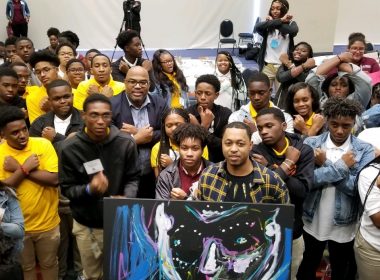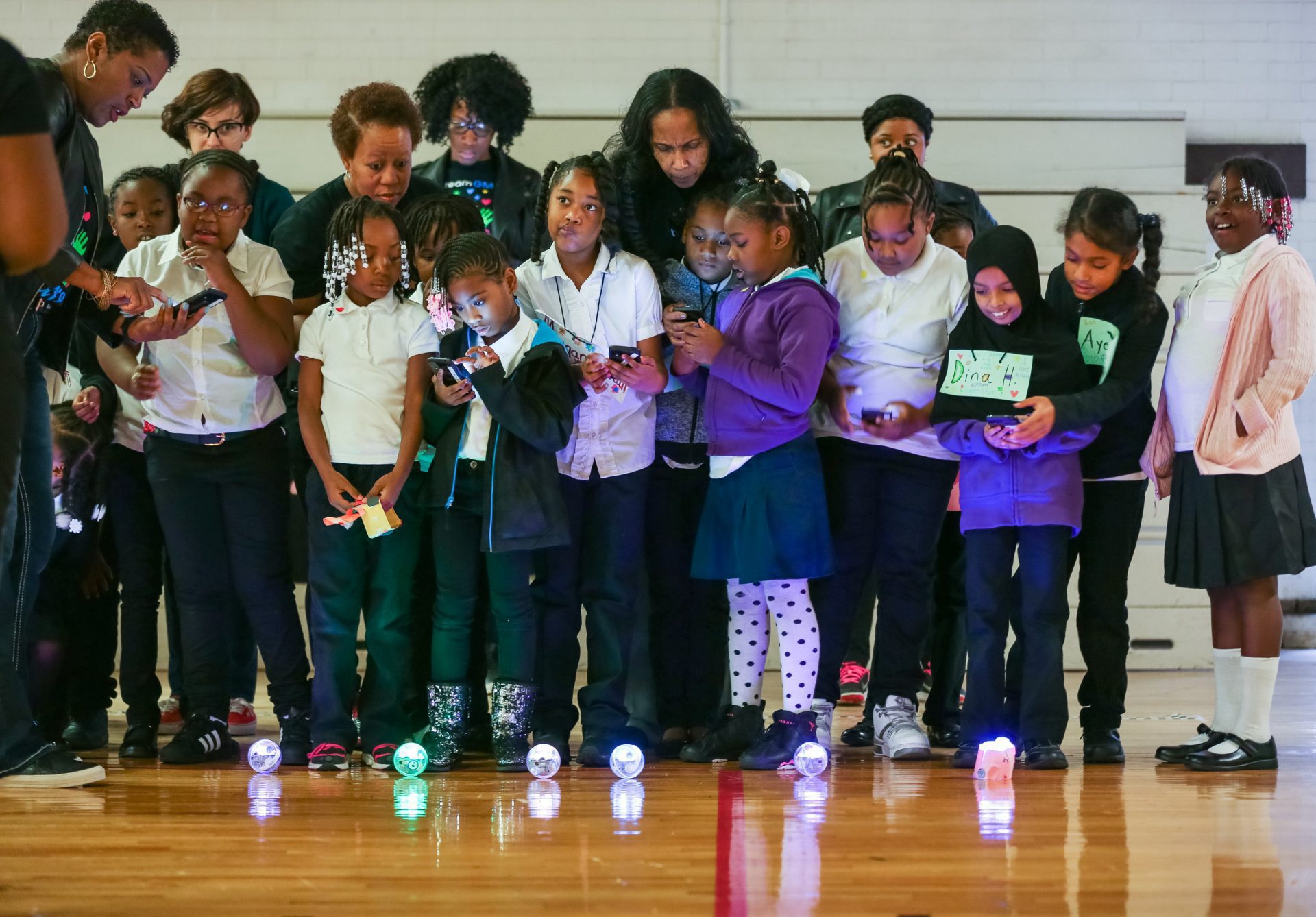
We should not underestimate the urgency of preparing students in Science, Technology, Engineering, and Mathematics (STEM) fields. While reports vary on the precise severity of shortages in the talent pool, the fact remains that 60 percent of all new jobs require skills that are possessed by only 20 percent of the current workforce, as per U. S. Department of Education data. Imagine for a moment what the quality of life would be for residents of your community if the demand for STEM workers continues to outstrip the supply. Who would be the engineers to design the roads and bridges with accurate precision to ensure that the structures remain intact as you drive on them everyday? Who would be the computer scientists, the physicists, the STEM professors, and other professionals? Ultimately, without the core knowledge in mathematics and science, one could ask — who would be the physicians, nurses, pharmacists, and paramedics who would attend to our health care needs?
The standards for training and achieving excellence must not be compromised to achieve the supply-side goal, however. Consider the adverse consequences of admitting marginally-qualified individuals into the ranks of the professions. This burgeoning crisis can be averted by preparing more students from Pre-K through 12th grade to understand how math and science are a part of their everyday lives. STEM professors can help rebrand mathematics, in particular, as practical, easy and attainable instead of the conventional image of mathematics being esoteric, hard and difficult. This goal to demystify mathematics and science is being fulfilled today at institutions that have integrated STEM into their programs of study. Students are able to meet the interdisciplinary criteria set by the National Science Foundation to ultimately become the next generation of innovators.
Thus, everyone has a stake in ensuring that students are properly prepared in the STEM fields and that we keep the pipeline open to generate the talent pool that is so vital to our overall health and welfare. Great strides continue to be made in STEM initiatives at colleges and universities, many of which have aligned their curricula to create a seamless transition for students. Non Profit Organizations such as CSTEM have formed partnerships with educational institutions to provide students with “hands-on” project based learning experiences. Congressional representatives in every state know the value of STEM education and the potential effects on their constituents if the human capital is not fully developed in strategic fields.
So, every time you see the acronym, STEM, take it personally. See that word as a green light to say Yes to preparing more students to become the “Best and the Brightest” in those fields. In the end analysis, we will all win. In conclusion, our focus should be on meeting the future demands of society and solidifying a wholesome quality of life. Together, we can do this by preparing the next generation of STEM professionals to serve your community and mine.
-Dr. Margaret Ford Fisher President, Houston Community College – Northeast
















